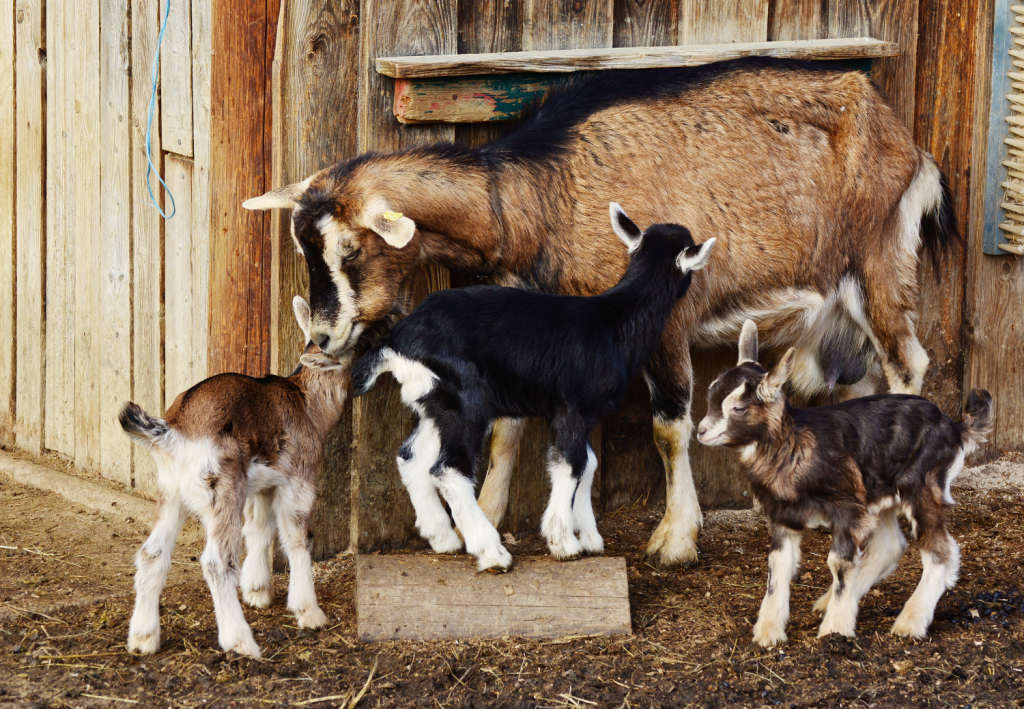Controlling pests and insects is very important to livestock production.
In fact, flies can cause disease, mortality and decreased growth rates in livestock. It is therefore essential that pests such as flies be controlled. All animals are vulnerable to pests, due to the fact that they are unable to escape from the insects that live outdoors and in barns and other animal dwellings. The irritation that these pests create for livestock along with the negative health effects that they can impose, may lead to economic losses for agriculturalists.
Here are some interesting facts that you may not know about flies:
Flies lay approximately 3,000 to 6,000 eggs every 3-4 days
They emerge in as little as 8-10 hours
A pair of flies and their offspring can produce a total of 191,010,000,000,000,000,000 in just 4 months!
Flies carry over 1,000 different pathogens
65 of these pathogens are known to be transferred to humans including:
Typhoid fever, salmonella, dysentery, cholera, polio, anthrax, leprosy, tuberculosis
If you can kill just one pair of flies you can eliminate 230,000,000 EVERY 60 DAYS
There are many options available to control fly populations. A popular all natural and environmentally friendly solution is diatomaceous earth. This natural product helps to control flies in two ways: first it provides a drier environment which helping to reduce breeding areas. Secondly diatomaceous earth is very abrasive to insects, lacerating their exoskeletons and absorbing their bodily fluids when they come in contact with the powder, causing them to dehydrate and die.
Farmers have found that they can decrease fly populations by spreading food grade diatomaceous earth where manure accumulation occurs (a light coat at a rate of 50g per 10m2(1oz per 65sq ft) is often used). This method should also be combined with good manure management practices (e.g., aeration via proper placement of fans and intake vents, maintenance of watering system equipment).
Please note: effects may not be seen for 5 to 6 weeks after weekly application.



